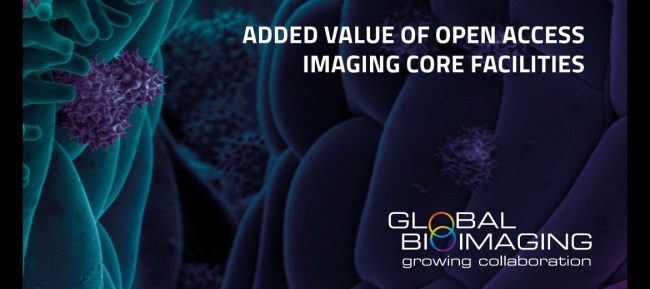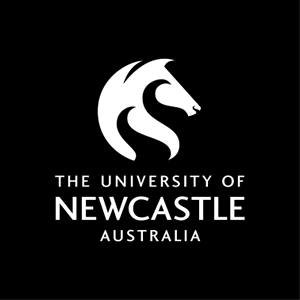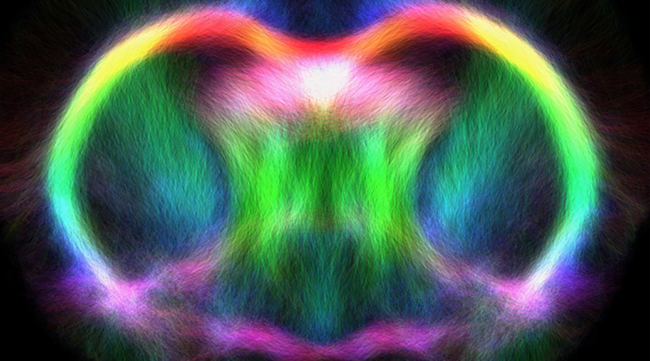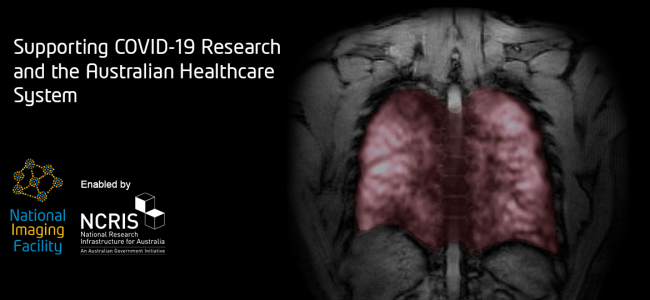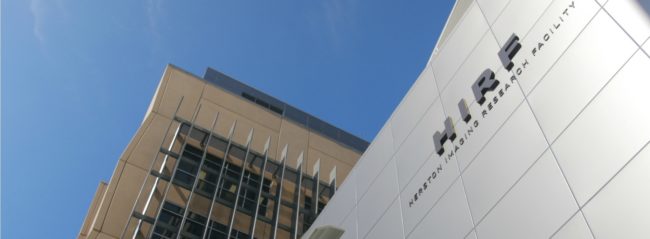Open Access paper an opportunity for coordinated global response to major scientific challenges
Open Access paper an opportunity for coordinated global response to major scientific challenges
International cutting-edge bioimaging facilities network, Global BioImaging, has published a paper highlighting the value of open access imaging core facilities for researchers, imaging scientists, industry and funders.
Open access imaging core facilities underpin a wide range of positive outcomes for society. They empower excellent research to address global challenges, encourage innovative cross-disciplinary collaborations, and enable re-usability of imaging data for new research.
The National Imaging Facility (NIF) and Microscopy Australia are the Australian members of Global BioImaging’s network of imaging infrastructures and communities and are continually working to strengthen national contributions to the global scientific community.
As contributors to the paper, National Collaborative Research Infrastructure Strategy (NCRIS)-funded facilities, NIF and Microscopy Australia, are working to further coordination and integration of national investments in research infrastructure.
Microscopy Australia CEO, Prof. Julie Cairney said the paper recognised Australia as a leader in the global landscape but underlined the opportunities that open access imaging infrastructure enables internationally.
“The paper recognises scientific, technical and data challenges as universal rather than restricted by geographical boundaries,” Prof Cairney said.
“Investment in open access imaging infrastructure enables researchers to respond in a collaborative and coordinated manner to critical issues such as the current health, climate change, sustainable agriculture and environmental protection challenges and provide benefits on a global scale.”
NIF CEO, Prof Wojtek Goscinski said the document provides valuable insight into beneficial aspects of a coordinated approach to utilising imaging technologies to reach global goals.
“Open access imaging core facilities have the potential to open doors to addressing deeply embedded socio-economic challenges, the sharing of good practices, and knowledge,” Prof Goscinski said.
“This paper provides a unique opportunity for international discussion and cooperation to investigate prospects to strengthen cutting-edge imaging capability and research capacity on a global scale, with possible outcomes to better standards of living across the board.”
Click here to read Global BioImaging’s paper “Added Value of Open Access Imaging Core Facilities”.


